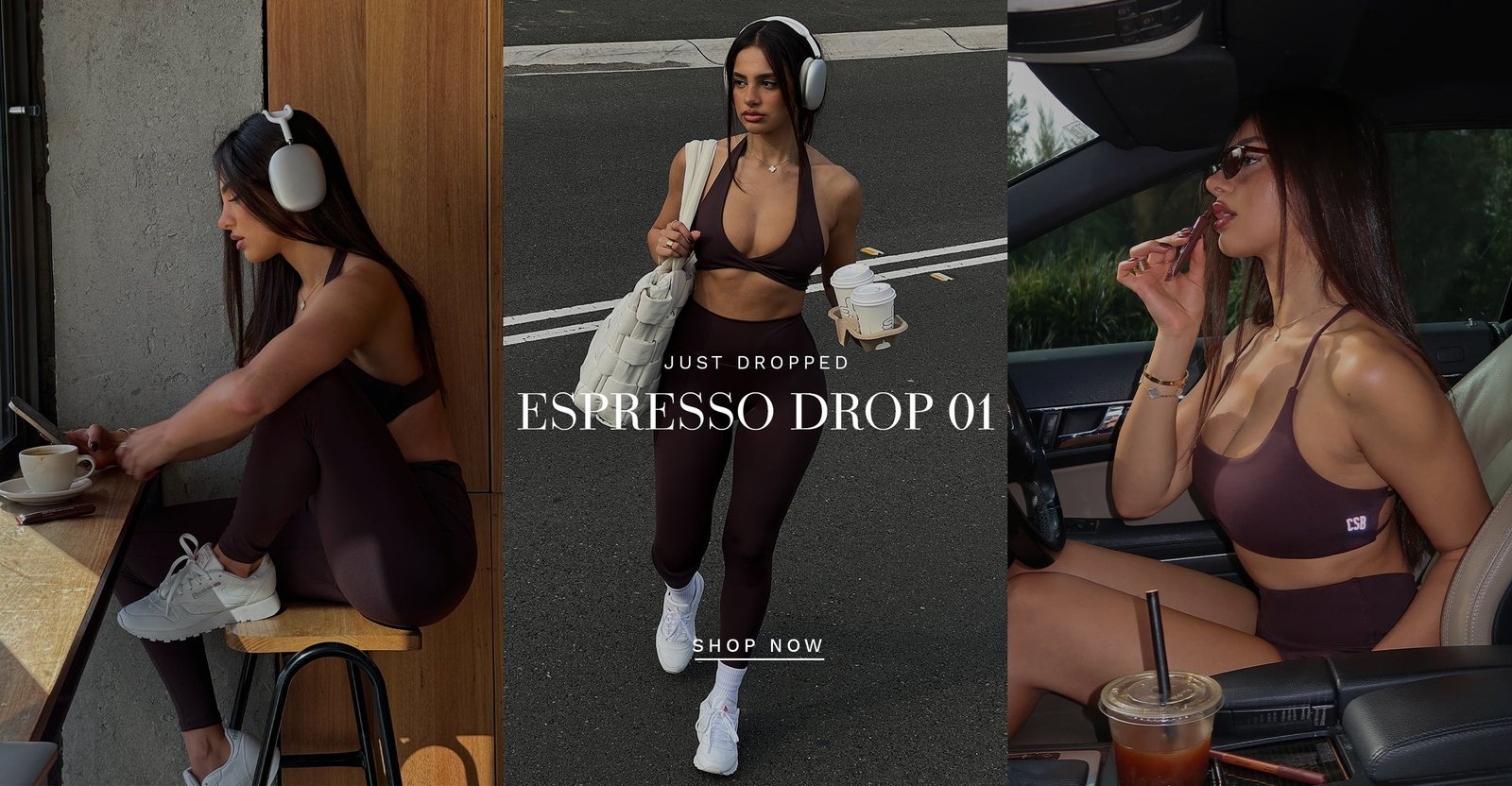Introduction
How Did Fashion Photography Change Consumers During and After WWII? Fashion photography, an art form that merges the worlds of fashion and photography, experienced significant evolution during and after World War II. This period saw dramatic shifts in societal norms, economic conditions, and technological advancements, all of which influenced consumer behavior and the fashion industry at large.
The Pre-War Fashion Landscape
Before the war, fashion was heavily influenced by European, particularly French, designers. Haute couture reigned supreme, with luxurious fabrics and intricate designs symbolizing wealth and status. Fashion photography during this time was primarily the domain of elite publications like Vogue and Harper’s Bazaar, showcasing the latest styles from Paris.
The Impact of WWII on Fashion
Resource Scarcity and Utility Clothing
How Did Fashion Photography Change Consumers During and After WWII: The outbreak of WWII brought about severe resource shortages, leading to the introduction of utility clothing. Governments imposed rationing on fabrics, which resulted in simpler, more practical clothing designs. This shift significantly altered consumer expectations and preferences, as practicality became a necessity over luxury.
Influence of Military Styles
Military uniforms also began to influence civilian fashion. Elements like structured silhouettes, utilitarian fabrics, and functional details such as pockets and belts became common in everyday wear. Fashion photography adapted to showcase these new styles, blending practicality with subtle elegance.
The Role of Fashion Photography During WWII
Wartime Propaganda and Fashion
Fashion photography during the war served as a tool for propaganda. Images of well-dressed women working in factories or participating in war efforts were used to boost morale and promote a sense of unity and patriotism. These photographs emphasized resilience and adaptability, encouraging consumers to stay fashionable despite the hardships.
The Rise of American Fashion Photography
With Europe in turmoil, the center of fashion photography shifted to the United States. American photographers began to gain prominence, and American designers started to receive international attention. This shift not only influenced fashion trends but also introduced a new style of fashion photography characterized by innovation and creativity.
Post-War Consumer Behavior
The Return of Glamour and Luxury
How Did Fashion Photography Change Consumers During and After WWII: After the war, there was a resurgence of glamour and luxury in fashion. Consumers, weary of the austerity of wartime, craved opulence and extravagance. Fashion photography captured this desire, with images showcasing lavish designs, luxurious fabrics, and sophisticated styles. The “New Look” by Christian Dior, with its emphasis on femininity and elegance, epitomized this shift and was immortalized through fashion photography.
Influence of Post-War Economic Boom
The post-war economic boom led to increased consumer spending. People had more disposable income, and fashion became a means of self-expression and status. Fashion photography played a crucial role in promoting new trends and styles, encouraging consumers to embrace the latest fashions.
Fashion Magazines and Advertising
The Growth of Fashion Magazines
How Did Fashion Photography Change Consumers During and After WWII: The post-war period saw a significant growth in fashion magazines. Publications like Vogue, Harper’s Bazaar, and Elle expanded their reach and influence. Fashion photography became central to these magazines, with captivating images driving consumer interest and shaping fashion trends.
Advertising and Consumerism
Advertising also experienced a boom, with fashion brands leveraging photography to create compelling campaigns. These advertisements were designed to entice consumers, showcasing not just clothing but an aspirational lifestyle. The synergy between fashion photography and advertising fueled consumerism, making fashion an integral part of everyday life.
Iconic Photographers and Their Contributions
Cecil Beaton
Cecil Beaton, a British photographer, was known for his glamorous and theatrical style. His work during and after WWII captured the essence of high fashion and sophistication, influencing consumer perceptions of elegance and luxury.
Irving Penn
Irving Penn brought a minimalist and modern approach to fashion photography. His use of stark backgrounds and emphasis on the subject’s form and clothing details created a timeless aesthetic that resonated with post-war consumers.
Richard Avedon
Richard Avedon’s dynamic and innovative style revolutionized fashion photography. His ability to capture movement and emotion brought a new level of energy and realism to fashion images, making them more relatable to consumers.
The Evolution of Fashion Photography Techniques
Innovations in Photography
How Did Fashion Photography Change Consumers During and After WWII: The post-war era saw significant advancements in photography techniques and equipment. The development of portable cameras and improved lighting allowed photographers to experiment with new styles and settings, leading to more diverse and creative fashion imagery.
The Shift to Realism
There was a notable shift towards realism in fashion photography. Photographers began to capture candid moments and natural poses, moving away from the highly staged and idealized images of the pre-war era. This approach made fashion more accessible and relatable to the average consumer.
The Global Influence of Fashion Photography
American and European Fashion
Fashion photography played a crucial role in bridging the gap between American and European fashion. As American designers gained prominence, their styles were widely disseminated through fashion photography, influencing global trends and consumer preferences.
The Spread of Western Fashion Ideals
The influence of Western fashion ideals spread globally through fashion photography. Images of Hollywood stars and models in fashionable attire reached audiences worldwide, shaping global fashion trends and consumer behaviors.
Conclusion
How Did Fashion Photography Change Consumers During and After WWII? Fashion photography during and after WWII had a profound impact on consumers. It transformed the way people perceived and engaged with fashion, driving changes in consumer behavior and shaping the fashion industry for decades to come. From the practical styles of wartime to the luxurious trends of the post-war era, fashion photography captured and influenced the evolving tastes and aspirations of consumers, leaving a lasting legacy in the world of fashion.
Frequently Asked Questions
Q:1 How did WWII affect fashion photography?
A:1 WWII led to resource shortages and practical clothing designs, which were reflected in fashion photography. Photographers adapted to showcase the new styles while also using images for wartime propaganda.
Q:2 Who were some iconic fashion photographers during this period?
A:2 Iconic photographers included Cecil Beaton, Irving Penn, and Richard Avedon, each bringing unique styles and innovations to fashion photography.
Q:3 What was the “New Look” in fashion?
A:3 The “New Look” was a fashion style introduced by Christian Dior after WWII, characterized by its emphasis on femininity, luxury, and elegance, marking a return to glamour in fashion.
Q:4 How did fashion magazines influence consumer behavior post-WWII?
A:4 Fashion magazines grew in popularity and influence, using captivating photography to drive consumer interest and shape fashion trends, thus playing a significant role in post-war consumerism.
Q:5 What were some key changes in fashion photography techniques after the war?
A:5 Key changes included advancements in photography equipment, leading to more diverse and creative images, and a shift towards realism, with photographers capturing candid moments and natural poses.
See More



